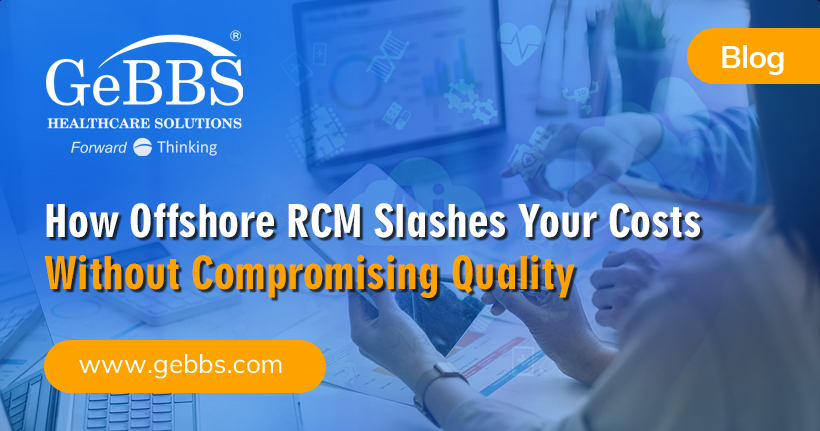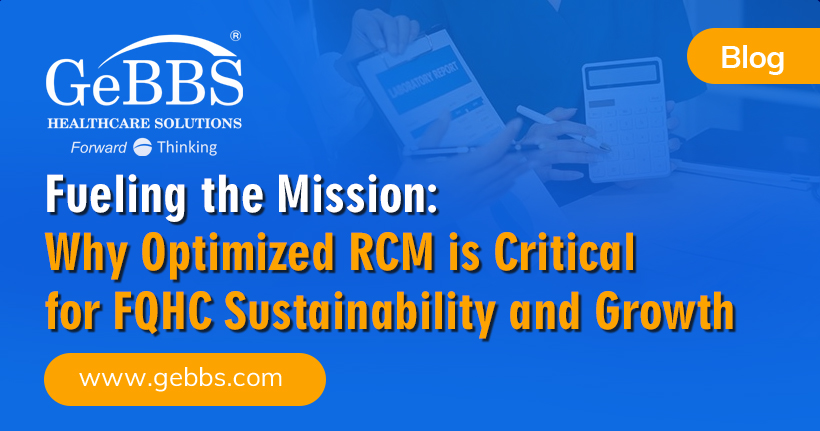Becoming an accountable care organization (ACO) requires that your facility adopt a completely new point of view when it comes to revenue cycle management. The goal of an ACO is to reduce costs by improving the quality of care provided to patients. Providers are encouraged to and boost preventative efforts that may ultimately reduce the future need for high-cost medical services such as hospital stays. As a reward for the collaborative efforts of the ACO, participating insurers such as Medicare will generally offer financial rewards for lowering costs and meeting quality care goals for their patients. On the down side, this also means that ACO providers are accountable to Medicare and may risk losing money if their costs run higher than expected. Costs will no longer just affect overall profitability; for example, they will be evaluated in conjunction with efficiency to determine reimbursement parameters. Healthcare organizations need to be able to collect the correct financial and quality data, compile accurate reports and run predictive analytics in order to meet ACO objectives of better care at lower costs.
Due to its many tenets, it is difficult for many healthcare organizations to fully understand the total ramifications of becoming an ACO, and how to adequately assess the risks and benefits of ACO participation to their revenue cycles. The assessment involves a careful analysis of data capture methods, revenue cycle infrastructure, and available clinical and financial analytical tools to help maximize efficiency during the transition.
One effective strategy to assess the risks and benefits of becoming an ACO is to engage an experienced RCM outsourcing partner who understands the ramifications of becoming an ACO. They can educate you on the various pro’s and con’s and assist in deciding whether or not it would be beneficial to establish an ACO or join an ACO. The decision will vary greatly among provider types, geography, local health care environment, and organizational preparedness. Those considering the ACO concept must first figure out how much risk their organization is willing and able to take.
One of the biggest misconceptions about joining an ACO is that the revenue cycle will be easier to manage. In fact, just the opposite will most likely be true. The reality is that the complexity simply shifts. Payers demand more specific data about the management and outcomes of patient populations and providers and organizations need more sophisticated cost and performance information to negotiate contracts. These cost controls are more crucial under risk-based contracts; therefore organizations need to rely more on integrated data systems and predictive analytics. Healthcare providers will require the use of advanced analytics, measured by accurate and applicable data, to manage costs and quality of care provided to patients.
A knowledgeable RCM partner can help your organization identify and capture the critical data you need for ACO participation. Before your facility can perform a risk-benefit analysis, you must have the most effective technology to capture the correct information. Your technology must be configured correctly to capture meaningful information and workflows to support the changes expected by this new business model.
Today’s EHR systems make the discrete capture of large amounts of patient data possible. By applying the appropriate analytical tools to this discrete data, your organization can measure and monitor the costs and outcomes that directly impact compensation within the ACO. An experienced RCM partner can leverage a higher degree of analytics to ensure seamless coordination among healthcare providers and accurate attribution models. Likewise, when fully integrated with a practice or enterprise management system, organizations can pinpoint and predict how much it costs to treat certain patient populations and how resources should be utilized. It is this broad, population-based analysis that is necessary to put organizations in a better position to evaluate ACO opportunities and performance.






